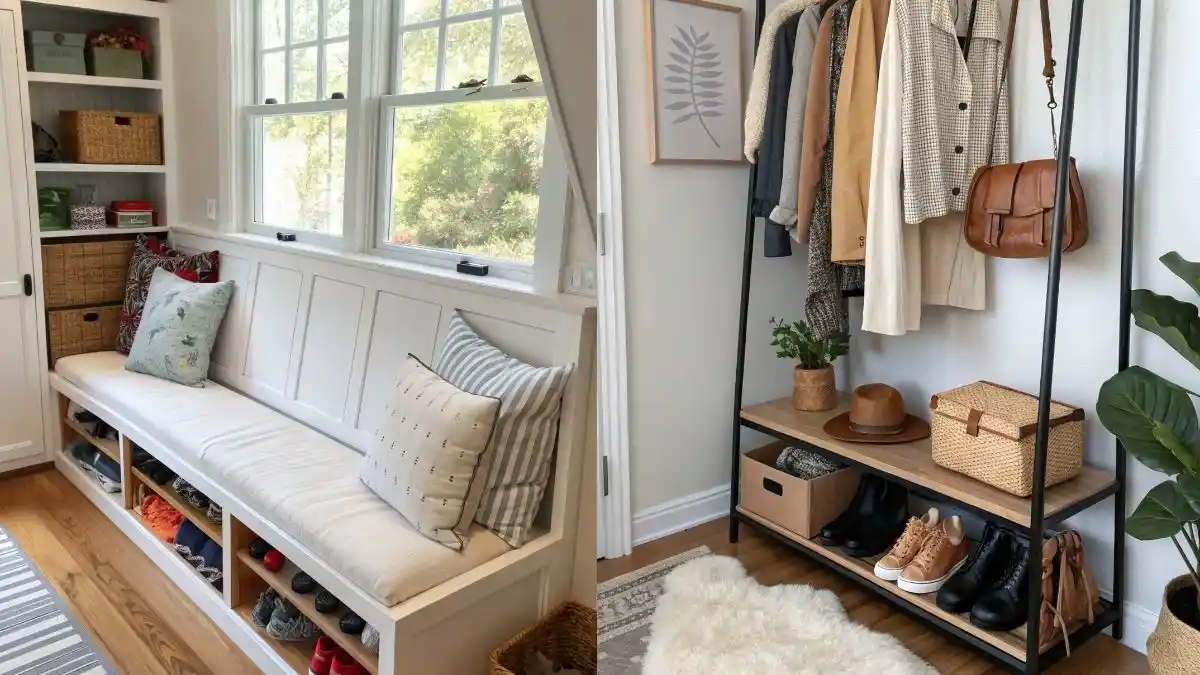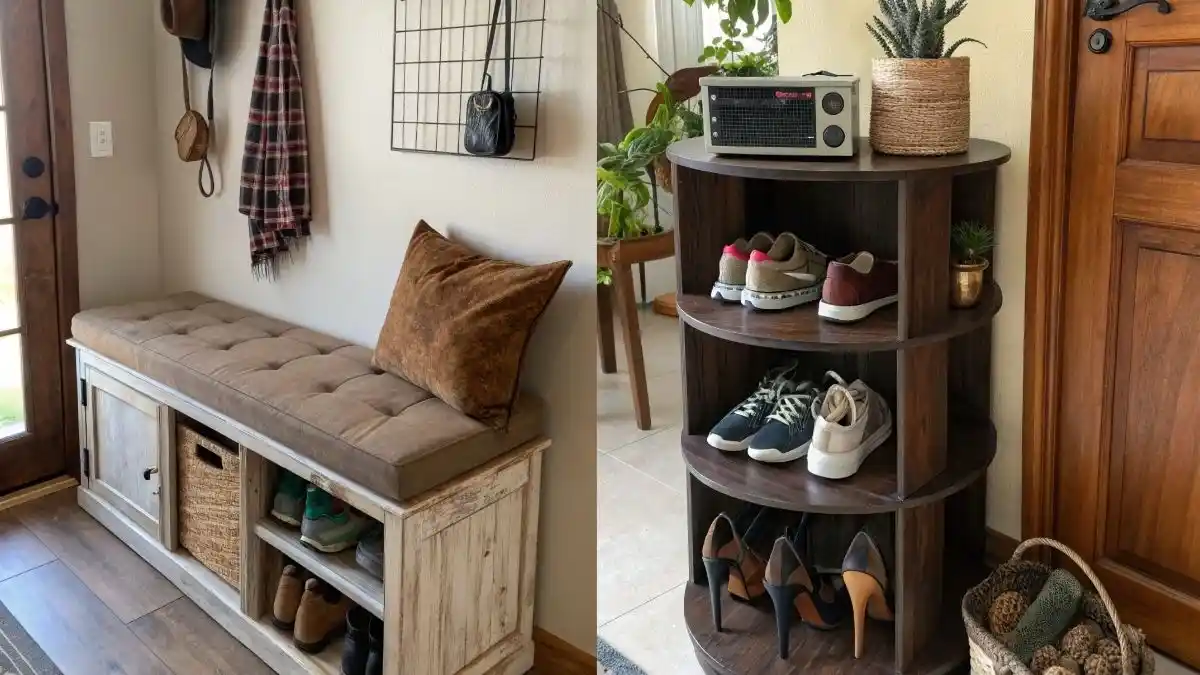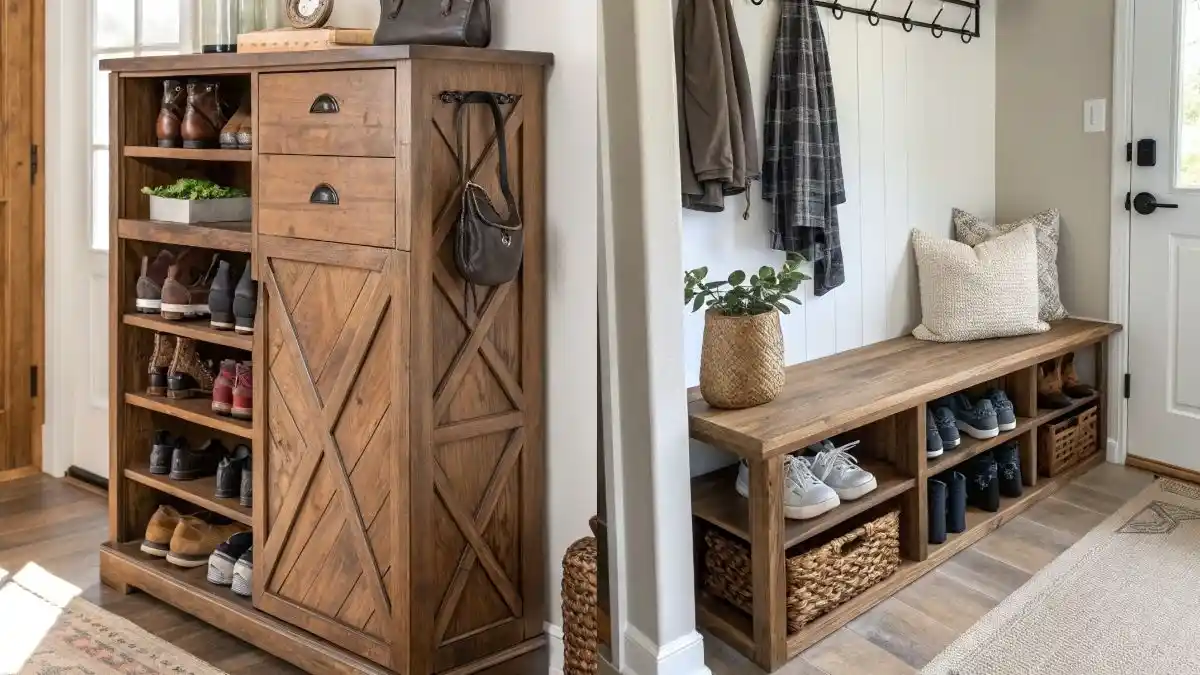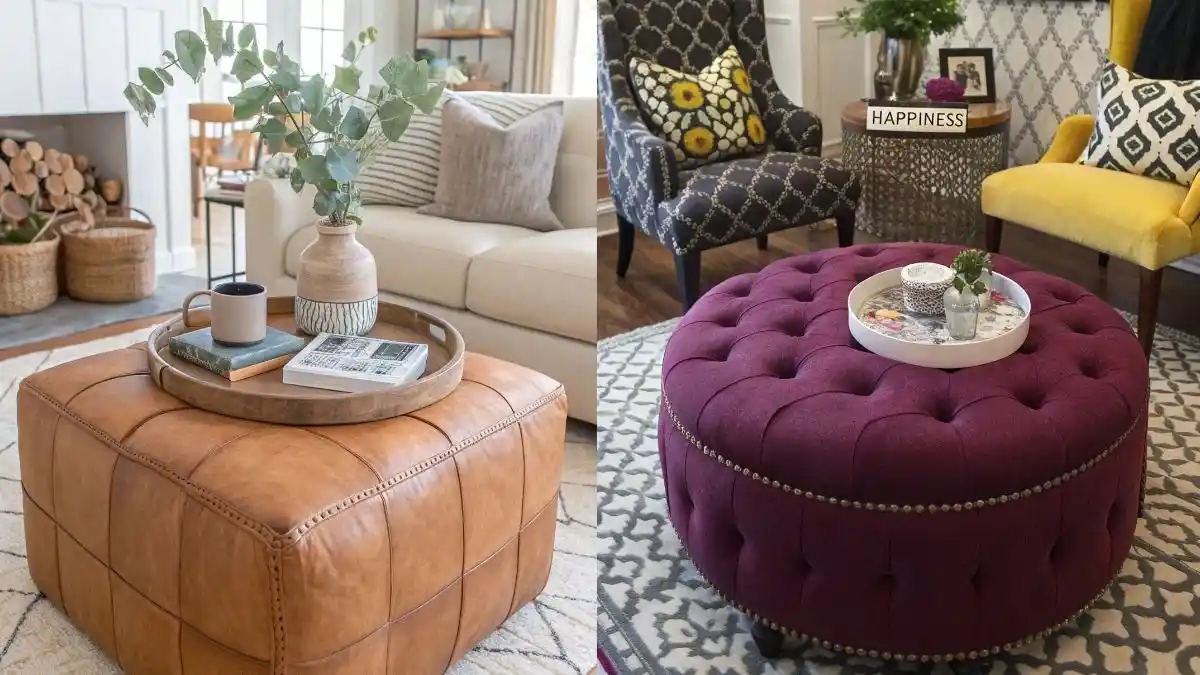You're in for a treat if you've never seen a bleeding heart flower before. Their tiny, heart-shaped blooms resemble something from a fairy tale, with a delicate drop dangling beneath.
I couldn't stop staring at them when I first saw one in a friend's garden. And then, I planted some for myself.
Planting a bleeding heart is an amazing experience. I'll show you how!
Why Do I Love A Bleeding Heart (And You Will Too!)

You will fall for bleeding hearts if you love a little old-fashioned romance in your backyard, just like me. Those gorgeous heart-shaped flowers are timeless and reliable bloomers in the summer.
When blooming, the arching stems are covered in pure white, deep rose, or soft pink hearts. They seem to glow in the early summer when the sun shines on them.
Their gentle, blue-green foliage also gives the landscape a peaceful and woodsy feel.
| Bloom Time: Bleeding hearts bloom from mid-spring to early summer. |
Where to Plant Bleeding Heart
Picking the right place for a bleeding heart can be a little tricky. They are not sun lovers and need a proper environment to grow best.
Light

Bleeding hearts love shade.
So, I always plant mine in places that can receive a light sunbeam in the morning and dappled shade in the afternoon.
I found out that they thrive behind trees, woodland-style gardens, along shaded borders, or in quite hidden corners.
A bit more sunlight is okay if you live somewhere with colder northern summers. However, too much direct sunlight will quickly cause their leaves and petals to droop and die.
My advice: Do not plant bleeding hearts in full deep shade. They need some light to blossom.
Soil

Bleeding hearts love rich, moist, and well-draining soil. I usually add a lot of compost or leaf mold to keep the soil flexible and rich before planting.
The ideal pH is between 6.0 and 6.5, which is slightly acidic to neutral. But honestly, mine have thrived in somewhat alkaline soil as well. It will be okay if you ensure to keep the soil consistently moist and drains well.
| Small Note: Never grow bleeding hearts in soggy spots or heavy clay. Their roots will rot very quickly. |
How to Plant Bleeding Heart

Honestly, it's very hard to grow a bleeding heart from seeds. That's why I often buy potted ones or bare-root plants from a garden shop. Yep, it's hassle-free and easy.
And here's something you should keep in mind when planting a bleeding heart:
- You should grow them in fall or early spring
- I always leave 2 feet between each plant. This allows them to grow and spread out beautifully
- Avoid a super windy place. You don't want those delicate stems to get damaged, right?
- Dig a hole at least one foot deep since bleeding hearts have deep roots. Don't forget to loosen up the soil at the bottom first.
| My Secret: I love to pair my bleeding hearts with ferns, hostas, and coral bells. They create a wonderful little woodland corner in my garden. |
How to Propagate Bleeding Heart

It's extra easy to multiply bleeding hearts. No fancy tricks at all. And the best way is to divide their roots.
Bleeding hearts have big and heavy root systems and usually get crowded after 4-5 years. And then, it's time for us to divide the roots.
Let me tell you exactly how to propagate a bleeding heart:
- Start in early spring when you notice some little shoots appear from the soil.
- Use a shovel and gently dig up the whole plant and roots. Do it carefully because the roots are pretty brittle and can be broken.
- Then, I will keep those clumps of around 6 inches together
- I also remove any old or shriveled roots
- Now, replant them in the new places and water them well – Done!
That’s the way I have many bleeding hearts in my garden without spending a dime.
How to Care for Bleeding Heart
I have to say – Caring for bleeding hearts is not too fussy. They just need a little care to give beautiful blossoms. And here's how I look after mine:
Water

Bleeding hearts love evenly moist soil, but how about soggy roots? Not at all. I usually make sure they receive 1 to 2 inches of water each week. Both rainwater and watering are fine.
My tip is that poking a finger about an inch into the ground. If it feels dry, it's time to water.
Pro Tip: If you see the leaves turn yellow, the soil might to too wet or too dry.
Fertilizer

Rich, organic soil is ideal for bleeding hearts. I like to add compost or a slow-release fertilizer made for flowering plants in the early spring.
When I see that their blooms start to slow down, I'll feed them a little extra in mid-season.
Pest

You don't need to worry that the pest will disturb your bleeding hearts. Even deer and rabbits stay away from them.
Why?
As much as I love bleeding hearts, I want to let you know:
| Every part of a bleeding heart (blossoms, stems, and roots) is toxic if eaten. It can cause stomach troubles and skin irritation. So, keep your kids and pets away from those plants. |
I always wear gardening gloves whenever pruning or dividing the roots. It's better safe than sorry, right?
Diseases

Verticillium wilt is the biggest problem I've encountered. It causes the stems to turn black and may cause the entire plant to flop over.
The second common issue is poor drainage or overly wet soil. They cause the leaves to turn yellow, stems to droop, and plant parts to become limp.
To avoid those issues, you should:
- Give enough space for plants to breathe.
- Just give your plants enough water. The rule is “Moist but not soggy.”
- Cut off any sick or infected stems. I always use clean, sharp tools (scissors or pruning shears) to do this and sanitize them afterward.
| My Advice: Never compost unhealthy plant parts. Instead, dispose of them in the garbage. |
Sum Up
Planting a bleeding heart is one of the most exciting gardening experiences I've had. Those gorgeous blooms will come back to visit your garden year after year.
Gazing at those little pink hearts swaying in the breeze on a spring morning is an awesome joy. You should try to grow a bleeding heart at least once.









